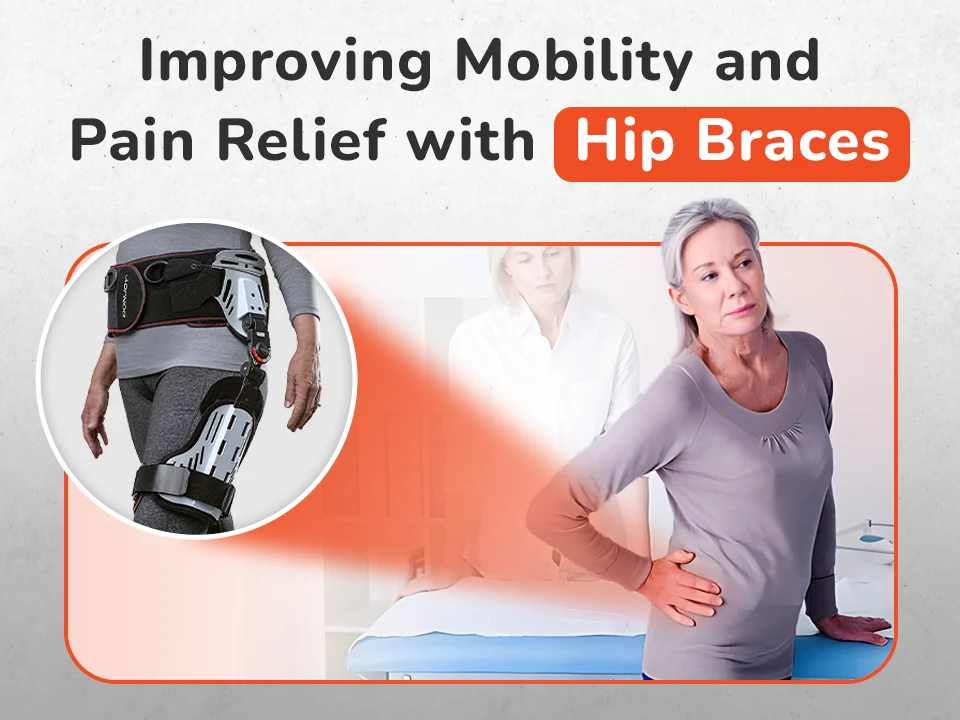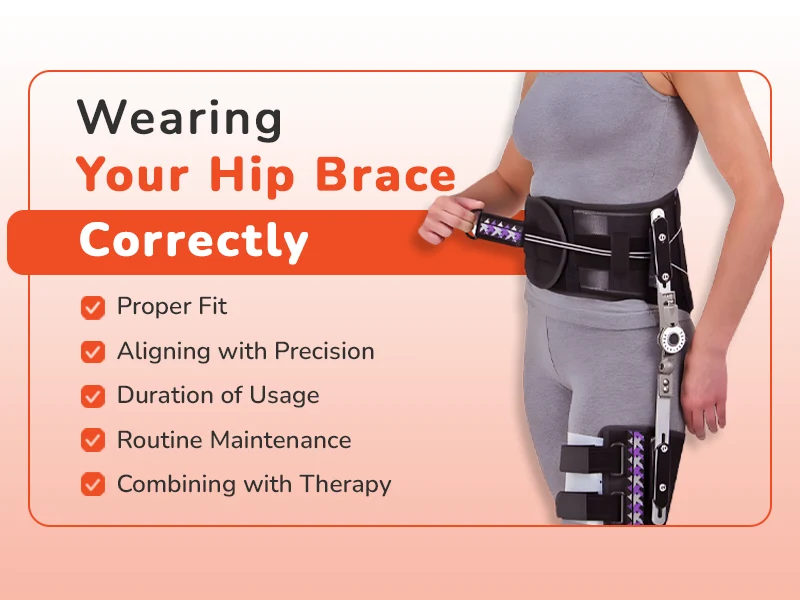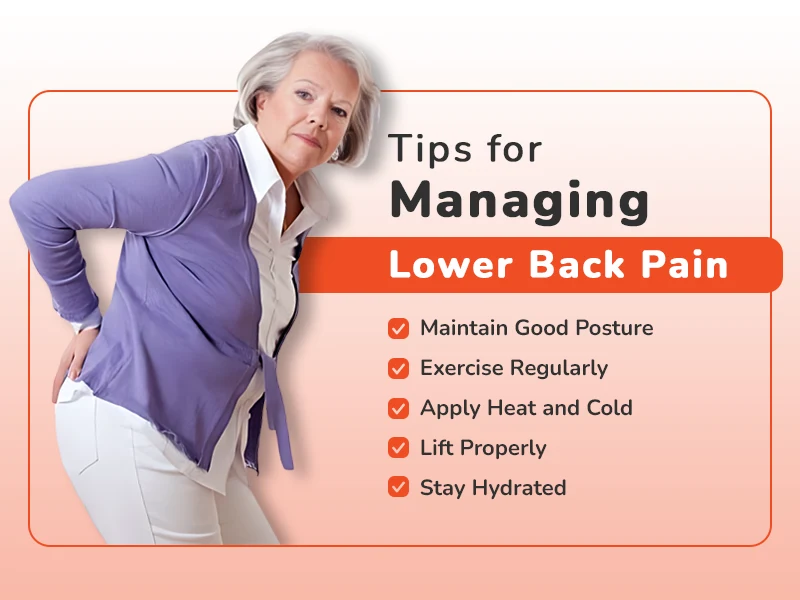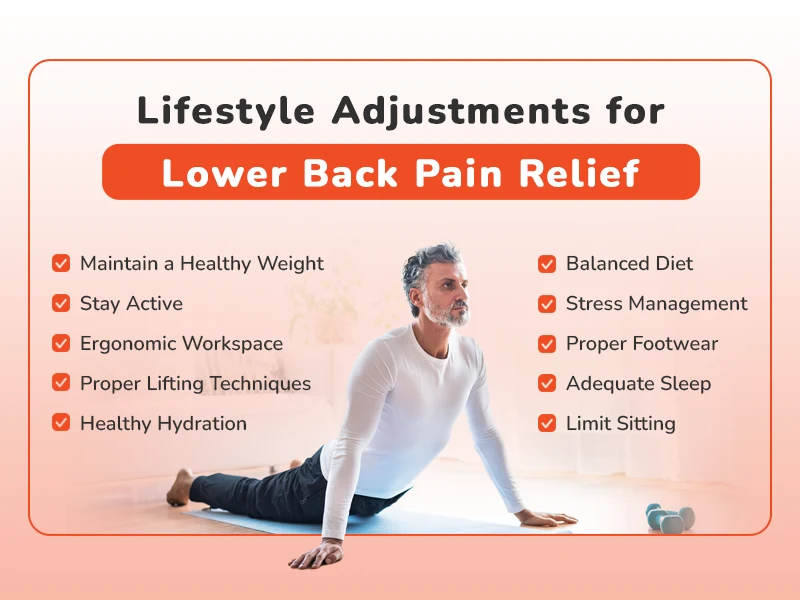Wrist Braces for Carpal Tunnel Relief and Wrist Support
Are you or someone you know struggling with the discomfort and limitations caused by carpal tunnel syndrome (CTS)? If so, you’re not alone. CTS is a common condition that affects millions of people, leading to pain, numbness, and tingling sensations in the hand and wrist. However, there’s good news – wrist braces can offer much-needed relief and essential support for those dealing with CTS. In this comprehensive guide, we’ll explore how wrist braces can effectively alleviate the symptoms of carpal tunnel syndrome and provide the wrist support you need for a more comfortable and active life. Whether you’re seeking pain relief, improved mobility, or preventive measures, understanding the role of wrist braces in managing CTS is crucial for your well-being.
Understanding Carpal Tunnel Syndrome (CTS)
Carpal tunnel syndrome (CTS) is a prevalent and often debilitating condition that affects the hand and wrist. It manifests as pain, numbness, tingling, and weakness in the affected hand, making it challenging to perform everyday tasks. The condition arises due to the compression or squeezing of the median nerve, a major nerve that runs from the forearm into the hand through a narrow passage in the wrist called the carpal tunnel.
Several factors can contribute to the development of CTS:
- Repetitive Hand Movements: Jobs or activities that involve repetitive hand and wrist movements, such as typing, assembly line work, or playing musical instruments, can increase the risk of CTS.
- Wrist Injuries: Injuries or trauma to the wrist, such as fractures, dislocations, or sprains, can lead to the narrowing of the carpal tunnel and subsequent nerve compression.
- Medical Conditions: Certain conditions, including diabetes, rheumatoid arthritis, and thyroid disorders, may increase the likelihood of developing CTS.
- Hormonal Changes: Hormonal changes during pregnancy can cause swelling and increased pressure in the carpal tunnel, leading to pregnancy-induced CTS.
The Role of Wrist Braces in CTS Management
Wrist braces play a vital role in effectively managing carpal tunnel syndrome. These medical devices are designed to support and stabilize the wrist, reducing pressure on the median nerve. By immobilizing the wrist and promoting proper hand positioning, wrist braces can help alleviate CTS’s uncomfortable and often painful symptoms.
Here’s how wrist braces benefit individuals with CTS:
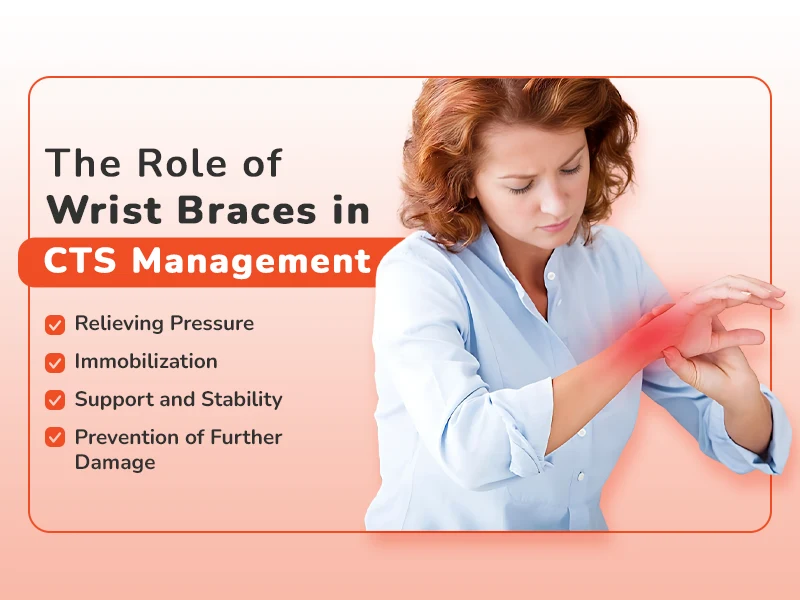
- Relieving Pressure: Wrist braces are specifically designed to reduce pressure on the median nerve, essential for relieving pain, numbness, and tingling sensations in the hand.
- Immobilization: By immobilizing the wrist in a neutral or slightly extended position, wrist braces prevent excessive flexion or extension that can aggravate CTS symptoms.
- Support and Stability: Wrist braces offer support and stability to the wrist joint, ensuring it remains comfortable and ergonomic during daily activities.
- Prevention of Further Damage: Using a wrist brace can prevent further damage to the median nerve and slow down the progression of CTS.
Whether seeking relief from existing CTS symptoms or taking preventive measures due to risk factors, wrist braces are valuable tools in your journey toward improved wrist health and enhanced quality of life. However, choosing the right wrist brace and wearing it correctly is crucial for optimal results.
Benefits of Wrist Braces for CTS
Living with carpal tunnel syndrome (CTS) can be challenging, but wrist braces offer a ray of hope and a multitude of advantages for individuals dealing with this condition. Here’s a closer look at the benefits of wrist braces in CTS management:
- Pain Relief: One of the primary benefits of wrist braces for CTS is pain relief. These braces provide targeted compression to the affected wrist, reducing pain and discomfort. By alleviating pressure on the median nerve, wrist braces can significantly diminish the often excruciating pain associated with CTS.
- Improved Mobility: CTS symptoms can hinder daily tasks and limit wrist mobility. Wrist braces come to the rescue by stabilizing the wrist joint. This added stability allows individuals to move their wrists more comfortably and confidently, making it easier to manage everyday activities, such as typing, writing, or cooking.
- Preventive Measure: Wrist braces aren’t just for symptom management; they can also serve as a preventive measure. Wearing a wrist brace can help prevent CTS symptoms from worsening. By providing support and minimizing excessive wrist movement, braces may reduce the need for more invasive treatments or surgical interventions in the future.
How to Wear a Wrist Brace Effectively
To reap the full benefits of a wrist brace in CTS management, it’s essential to use it correctly. Here are some vital tips for wearing your wrist brace effectively:
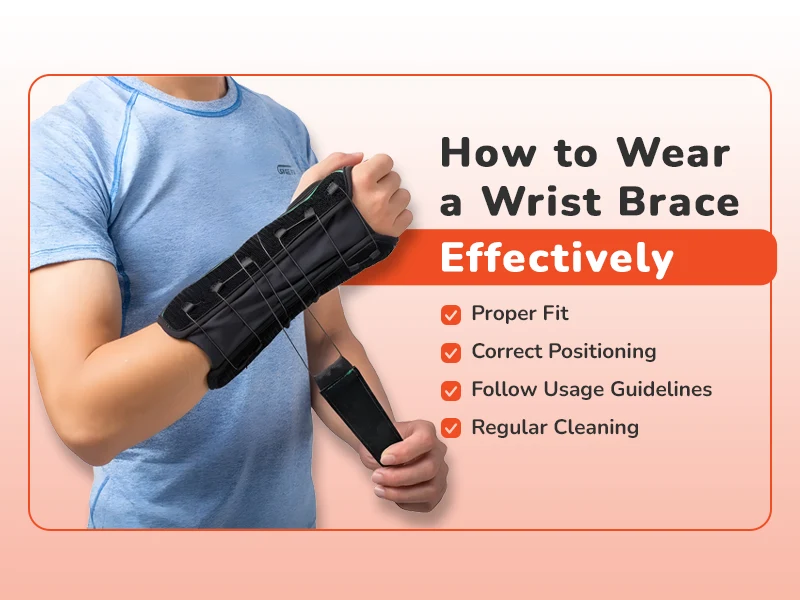
- Proper Fit: Ensure your wrist brace fits snugly but not too tight. A proper fit is crucial for comfort and effectiveness. Follow the manufacturer’s sizing guidelines or consult your healthcare provider for recommendations.
- Correct Positioning: Position the wrist brace correctly over the affected wrist. It should align with the wrist joint and provide even support across the area. Incorrect positioning can lead to reduced effectiveness and potential discomfort.
- Follow Usage Guidelines: Wear the wrist brace as your healthcare provider recommends. They will guide how long to wear it each day and whether it should be worn during specific activities. Over-reliance or improper usage can lead to muscle weakness.
- Regular Cleaning: Keep your wrist brace clean to prevent skin irritation and maintain hygiene. Follow the manufacturer’s care instructions to ensure the brace remains comfortable and effective.
Following these essential guidelines and incorporating a wrist brace into your CTS management plan can significantly improve your comfort, reduce pain, and enhance your overall wrist health.
Choosing the Right Wrist Brace
Selecting the right wrist brace is critical in effectively managing carpal tunnel syndrome (CTS) symptoms. The choice of wrist brace can significantly impact your comfort and the level of relief you experience. To make an informed decision, consider the following factors when choosing a wrist brace for CTS:
- Severity of CTS Symptoms: The severity of your CTS symptoms should guide your choice of wrist brace. A compression wrist sleeve may be sufficient if you have mild symptoms or occasional discomfort. However, if you experience moderate to severe symptoms, a more structured carpal tunnel wrist brace or a night splint for nighttime relief may be necessary.
- Daily Activities: Consider your daily activities and whether you require wrist support throughout the day or primarily during specific tasks. Some wrist braces are designed for all-day wear and provide comfort and flexibility. In contrast, others offer more rigid support and are suitable for use during activities that trigger CTS symptoms.
- Personal Comfort: Comfort is essential when wearing a wrist brace regularly. It should fit snugly but not be overly tight, causing discomfort or restricting blood flow. Adjustable wrist braces allow for a customized fit. Ensure that the material of the brace is breathable and hypoallergenic to prevent skin irritation.
- Consultation with Healthcare Professional: Consulting with a healthcare professional, preferably an orthopedic specialist or a hand therapist, is highly recommended. They can assess the severity of your CTS, provide guidance on the most suitable brace for your condition, and ensure proper fitting. Additionally, they may recommend complementary treatments or exercises to enhance the effectiveness of the brace.
By carefully considering these factors and seeking professional advice, you can make an informed choice when selecting a wrist brace for carpal tunnel relief. Remember that the right wrist brace can provide the support and comfort needed to alleviate CTS symptoms and improve overall wrist health.
Read More: Maximizing Comfort and Support: The Essential Guide to Wrist Braces
Recommended Wrist Braces for CTS
Several options are highly recommended when choosing the right wrist brace for carpal tunnel syndrome relief. Here’s a closer look at some of these braces designed to alleviate CTS symptoms:
- Compression Wrist Sleeves: These sleeves offer mild compression and support, making them ideal for individuals with mild carpal tunnel syndrome symptoms. They help reduce swelling and discomfort while allowing for a full range of motion. Compression wrist sleeves are often a comfortable and discreet choice for daily wear.
- Carpal Tunnel Wrist Braces: These braces provide targeted support and pain relief and are specifically crafted to address carpal tunnel syndrome. They are designed to stabilize the wrist and keep it neutral, relieving pressure on the median nerve. Carpal tunnel wrist braces are available in various styles, including wrap-around and splinted versions, catering to different preferences and needs.
- Night Splints: Nighttime symptoms of carpal tunnel syndrome can be particularly bothersome. Wearing a night splint can help keep the wrist neutral during sleep, reducing the likelihood of waking up with numbness or tingling sensations. Night splints are often recommended for those experiencing nighttime CTS symptoms and can significantly improve sleep quality.
It’s essential to consult with a healthcare professional or orthopedic specialist to determine which type of wrist brace is best suited to your specific condition and needs. They can provide personalized recommendations and ensure that the chosen brace offers the right level of support and comfort for effective carpal tunnel relief.
Consultation with Healthcare Professionals
While wrist braces can be a valuable tool for carpal tunnel relief and wrist support, it’s essential to consult with healthcare professionals for personalized guidance and comprehensive care. Here’s why seeking professional advice is crucial:
- Accurate Diagnosis: Healthcare providers can accurately diagnose your condition, ensuring you’re dealing with carpal tunnel syndrome and not another wrist or hand issue.
- Customized Treatment Plan: Based on your diagnosis, they can create a tailored treatment plan that may include wearing a wrist brace, physical therapy, or other interventions.
- Proper Brace Selection: Healthcare professionals can recommend the most suitable wrist brace for your specific needs, ensuring the right fit and support.
- Usage Guidance: They will provide essential guidance on how to wear and adjust your wrist brace correctly to maximize its benefits.
- Monitoring Progress: Regular check-ups with healthcare providers allow them to monitor your progress, make necessary adjustments to your treatment plan, and address any concerns or complications.
- Exploring Other Options: In some cases, additional treatments or interventions may be necessary, and healthcare professionals can guide you through these options.
Remember that while wrist braces can offer significant relief, they are just one part of a comprehensive approach to managing carpal tunnel syndrome. Consulting with healthcare professionals ensures you receive the most effective and personalized care for your condition.
Conclusion
Incorporating a wrist brace into your daily routine can significantly improve your comfort and quality of life by alleviating carpal tunnel syndrome symptoms and offering essential wrist support. Whether you’re seeking pain relief, improved mobility, or preventive measures, wrist braces are versatile tools in your journey toward better wrist health and overall well-being.


